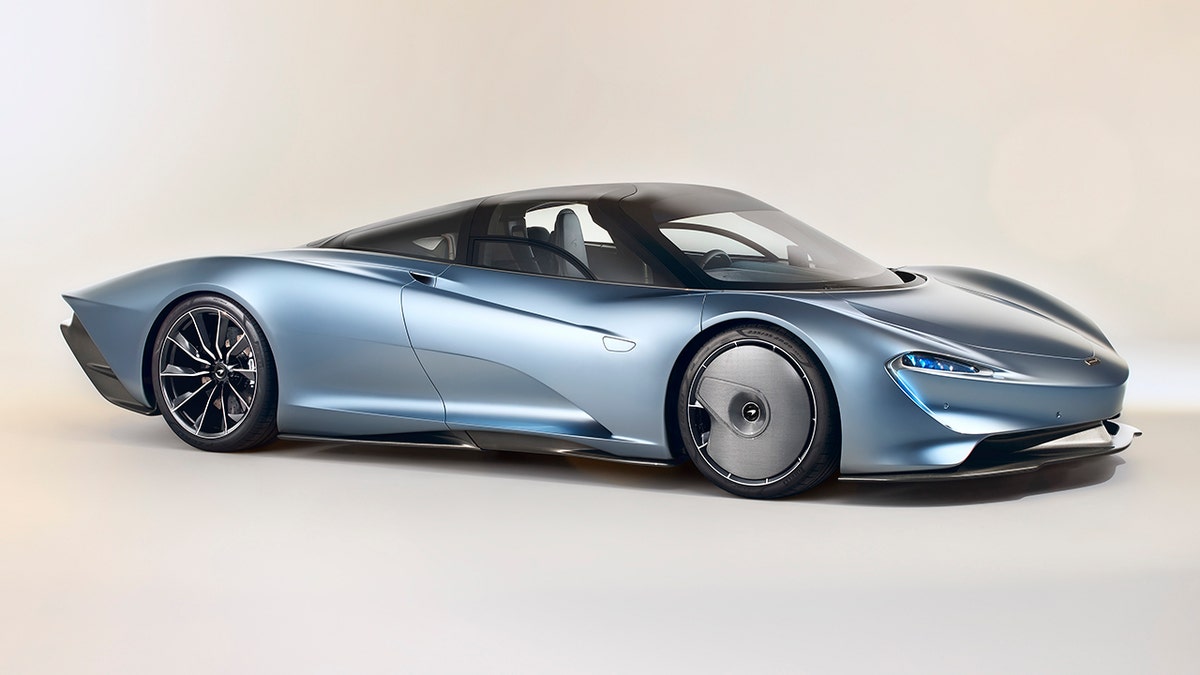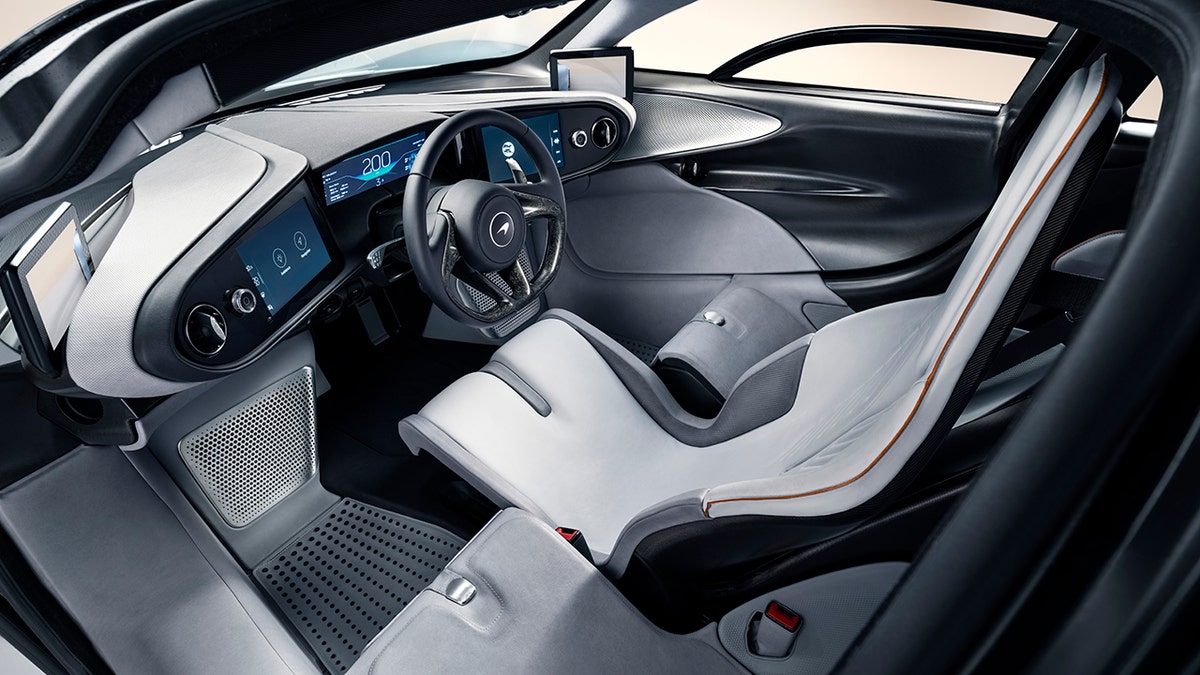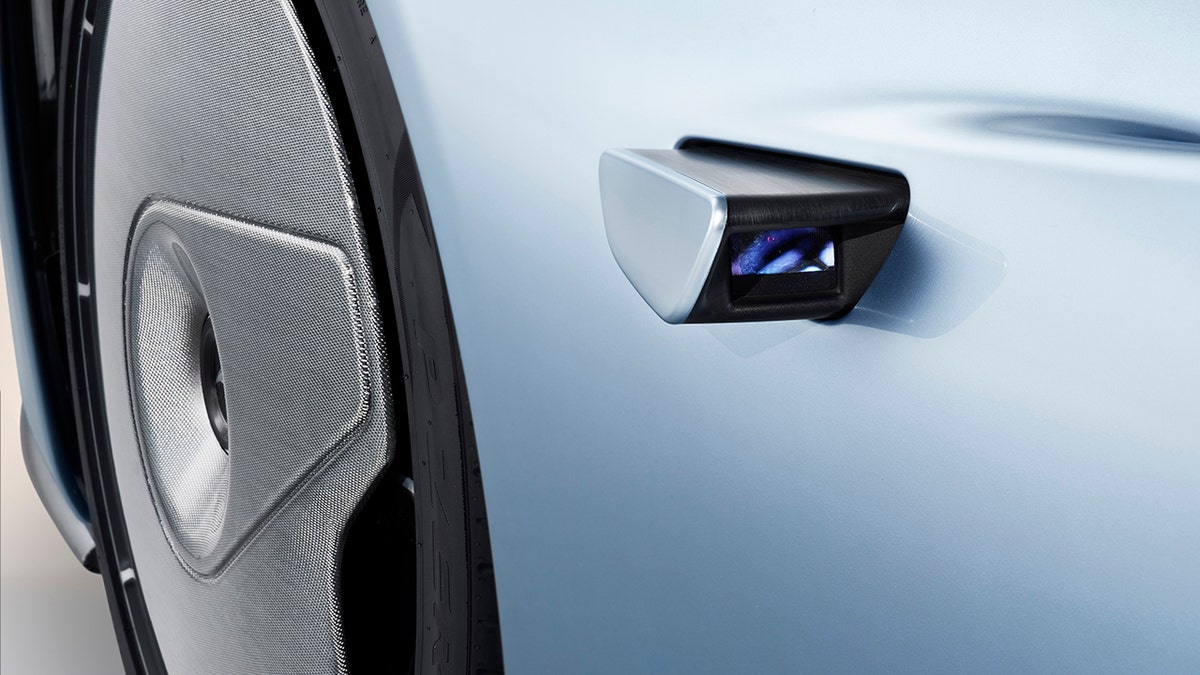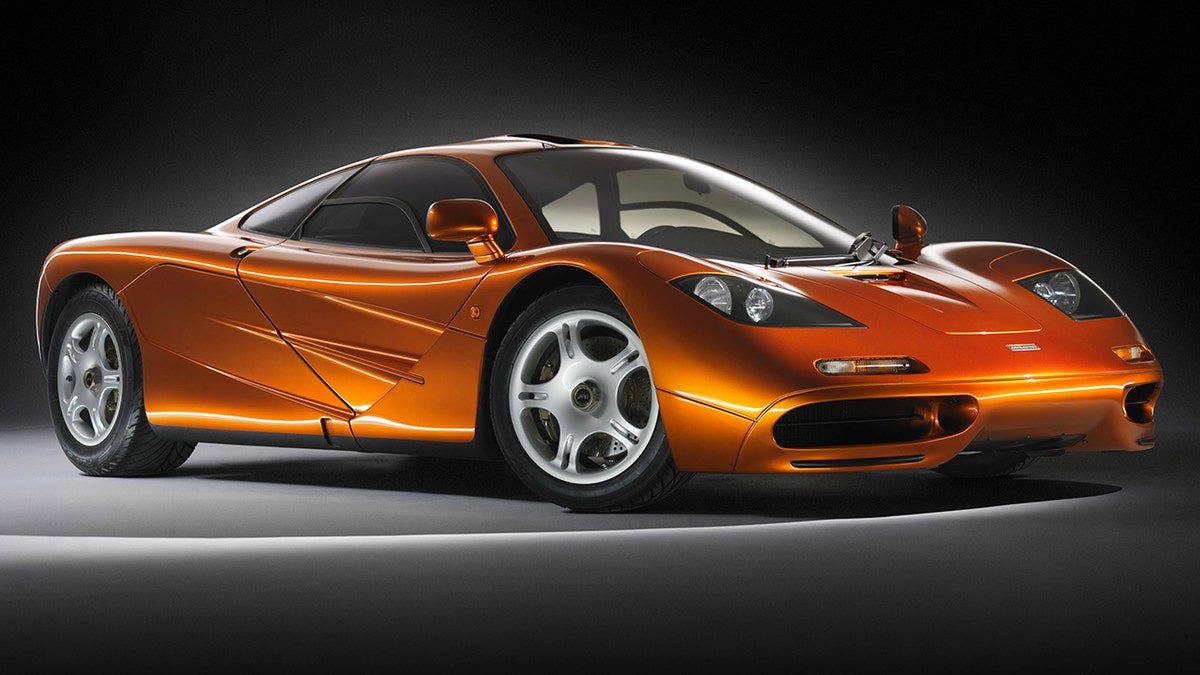
(McLaren)
Some car salesmen have it easy.
Take the folks who work for McLaren. They unloaded 106 of the British automaker's new $2.1 million Speedtail supercars before it was revealed Friday, and the 35 or so earmarked for the United States aren’t even fully street legal.
Just another day at the office.

(McLaren)
The Speedtail is the long-awaited successor to McLaren’s first model, the F1 of the 1990s, which was the fastest car in the world for a while with a top speed of 243 mph. But what really made it unique was its three-across seating arrangement, with the driver placed in the center.

(McLaren)
The Speedtail features the same setup, which is all the more impressive considering it is a mid-engine car. A very long one. At 202.2 inches from tip to tail, the carbon fiber coupe is nearly the same length as a Chevy Tahoe SUV.
Details on its powertrain haven’t been revealed beyond the fact that it is a hybrid and puts out 1,035 hp. With a body literally built for speed, McLaren says that’ll be enough to get it to 250 mph, at least.

(McLaren)
Its streamlined shape and fixed front wheel covers are just part of what gets it there. The body actually bends. Adjustable spoilers at the trailing corners of the car are made from flexible carbon fiber that allows them to blend seamlessly with the rest of the surface to optimize the aerodynamics, while pop-out video cameras replace bulky side view mirrors.

(McLaren)
As cool as they are, along with the central driving position they’re part of the reason the car is only allowed in the U.S. under “show or display” regulations that restrict their use. Perhaps the laws will change before deliveries begin in early 2020, but buyers probably won’t mind much if they don’t.

F1s are some of the most prized commodities on the collector car scene. (McLaren)
The 106 F1s that originally sold for a then-whopping $800,000 are worth $15 million or more today.



















